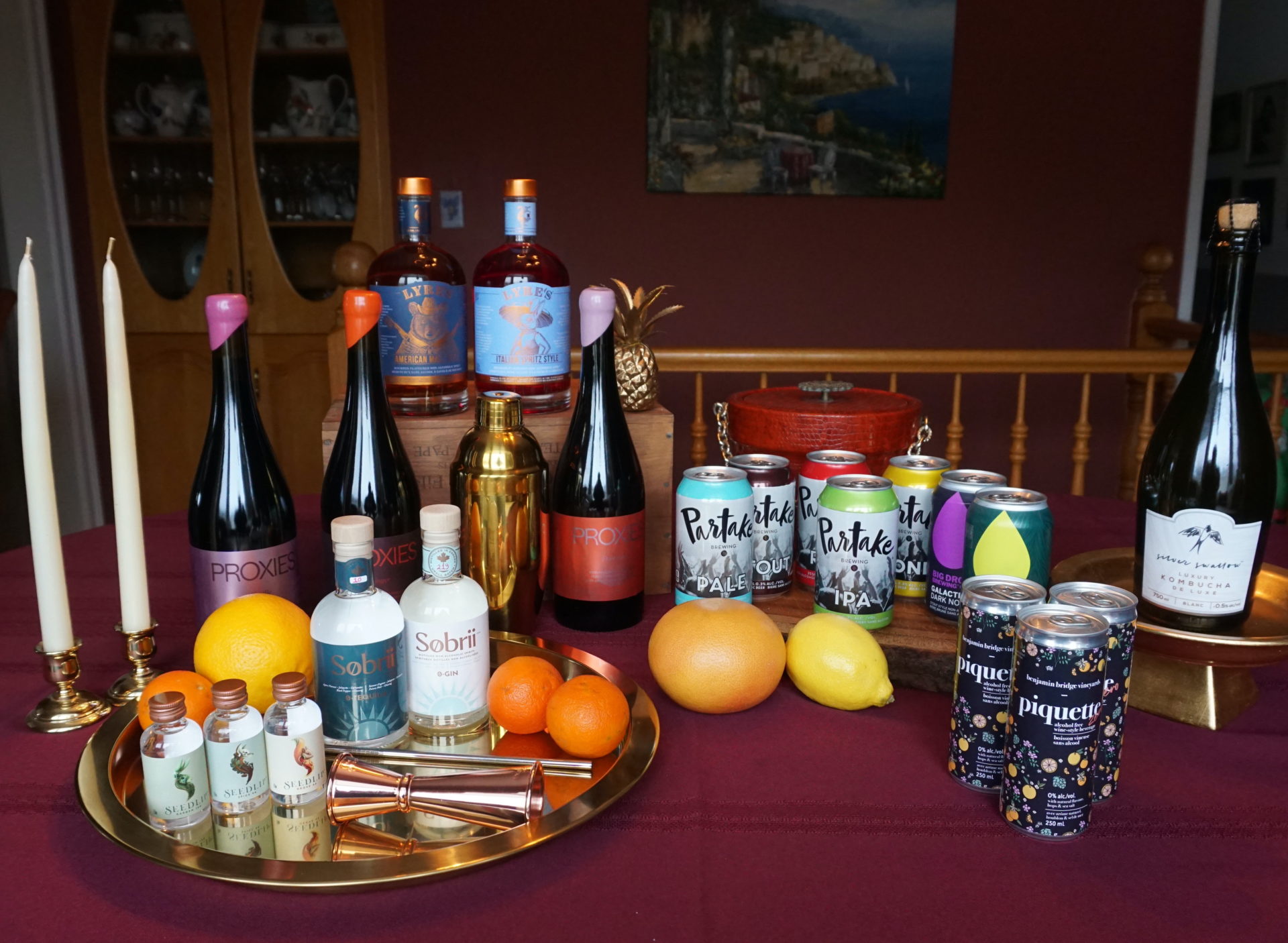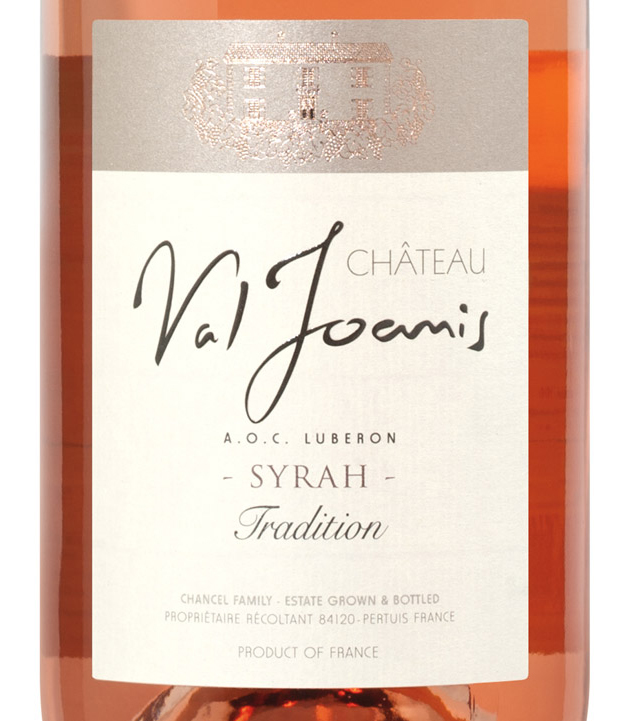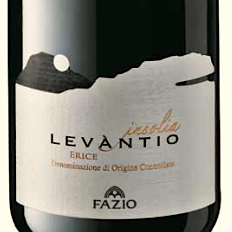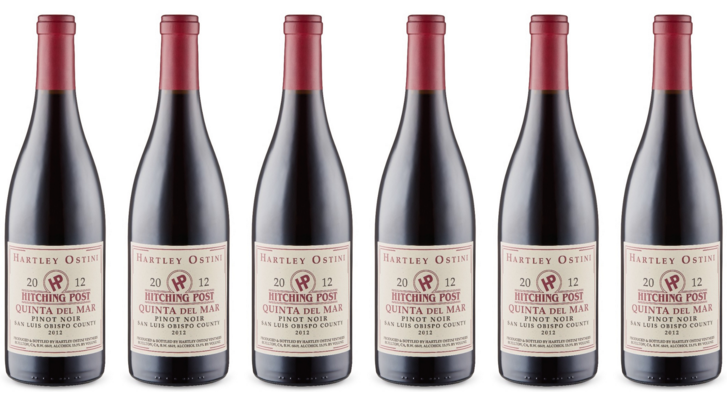The ball in Times Square was about to drop, Miley Cyrus was struggling with a wardrobe malfunction, Andy Cohen was ranting about DeBlasio and Zuckerburg, and my mom was already in her pyjamas. It was New Year’s Eve, and as I’m sure many of you were, I was at home – well, my childhood home. As I ushered in 2022 with my parents and made a wish that this year would bring better things to us all, I tipped back my champagne flute and took a celebratory sip – of sparkling kombucha.
Unlike some of my peers here at Good Food Revolution, I’m not a sommelier, and by today’s standards, I don’t even think I would consider myself to be an excellent bartender, even though I’ve spent a fair share of my career behind the stick. I do, however, thoroughly enjoy the taste of an expertly mixed Negroni, a crisp Albariño, and a bittersweet Amaro. I love a rich stout, a complex Syrah, and even a cold can of PBR. I’ve enjoyed studying wine as a hobby, exploring the creative world of cocktails, and I’ve often been on the other end of a phone call or text asking me “what wine should I pair with (insert dish here)?”. I like to drink. I enjoy the romance of it all, the taste, the complexity, how it complements food, the history behind it, and yes, the warm buzz it provides.
But, if the past few years have taught us anything, things can change. So, with all bets off and a new year upon us, I thought what better time to explore a small sample of non-alcoholic wines, beers, and spirits. I don’t plan to embark upon a “Dryanuary”, but I still thought it might be fun to add a few booze-free options to my home bar – perhaps many of you are doing the same.
If you’ve been paying attention to the non-alcoholic beverage space, you may have noticed that the options have grown exponentially since the days of O’Douls vs. Beck’s. Today, when you choose not to drink, your options go far beyond a sugary mocktail or a club soda with lime. The word “mocktail” is actually becoming a thing of the past – as is “virgin” – helping to erase the stigma around not drinking, and creating a more socially inclusive space in bars and restaurants. Dry bars are cropping up all over the world, creating an environment in which people can gather without alcohol, and many people are exploring a sober-curious, or “California sober” lifestyle. Of course, let’s not forget those who live a sober lifestyle or are practising harm reduction. The beverage industry has been busy answering the call of those looking for an alcohol-free tipple, and the result has been an array of very interesting elixirs.
Before we get started on our tasting tour, I’d like to acknowledge that at GFR we have tasted two of these products before. Last year, Jamie gave a 5/5 apples rating to Big Drop Brewing’s Paradiso Citra IPA, and he also enjoyed Seedlip’s Spice 94 in September 2020, also rating it 5/5 apples. (Spoiler: I also really enjoyed these products!)
Also, as a disclaimer, I will note that all of the products I tasted were provided to me by the companies themselves, and I would like to thank each of them for their generosity, especially during such a busy time of year. That said, all opinions expressed are my own.
TO BEGIN, SOME BUBBLY:
In the category of effervescent aperitifs, I tasted Benjamin Bridge’s non-alcoholic Piquette and Silver Swallow’s Luxury Kombucha.
Benjamin Bridge Winery “Piquette Zero”, Gaspereau Valley (near Halifax), NS, Canada (Alcohol 0%), $49.50 (12 x 250 ml). Zero sugar, vegan-friendly, gluten-free.
I was familiar with Benjamin Bridge Winery from their very popular Nova 7 wine, so I predicted I would also enjoy their non-alcoholic sparkling. On the nose I caught the subtle scent of apples, peaches, and pears. Upon tasting, it was light and refreshing. Some products in the zero alcohol space begin as wines and are dealcoholized – the Piquette is a craft beverage from the start and does not follow this process. A perfect place to start my tasting, this portable sparkling would be a great addition to any casual gathering.
![]()
Silver Swallow “Luxury Kombucha”, Ottawa, ON, Canada (tea hand-picked in Yunnan, China). (Alcohol -0.5 %), $57 (3 x 750 ml).
As mentioned, it is not typical for me to pour anything but sparkling wine or champagne into my flute, so I did have some trepidation saving this bottle for such a momentous occasion. I’m pleased to report, however, that I have no regrets in doing so – the self-described “luxury” kombucha was actually quite delicious. The aroma certainly proclaimed “KOMBUCHA!” with a funky, sour aroma, but as I sipped, it was more like a lightly effervescent lemonade, with notes of honey and tropical fruit. Like a kombucha or a natural wine, it was cloudy in the glass, but the bubbles came through and I enjoyed downing a few refreshing glasses as the new year emerged. I would definitely recommend this as a non-alcoholic option at any celebratory event.
![]()
P.S. – How great is it that both of these sparkling options were Canadian-made?
POUR THE WINE (proxies):
As an alternative to wine, I tasted Acid League’s Wine Proxies. During my socially distanced patio hopping this summer I noticed these beverages pop up on a few menus at some of my favourite local restaurants, so I was curious. Acid League’s proxies are not wines – they are a blend of juices, teas, spices, and bitters that begins with raw, unfiltered vinegar. Described as food-friendly and complex, they are designed to give you the appearance and feeling of wine without the alcohol.
Acid League “Fruitcake”, created in Canada (Alcohol -0.5%), $99 (4 x 750 ml; discounted prices for special tasting sets or as part of the monthly subscription “Proxies Club”).
As one does, I started with the “white”. Part of a 3-pack of bottles themed to the holidays, “Fruitcake” is a blend of riesling grapes, goji berry, pineapple, peach, ginger, star anise, cinnamon, and cascara flavours. On the nose, I inhaled quite a strong scent of cloves and other baking spices, as well as stewed apples and orange zest. The taste reminded me of an unfiltered apple cider vinegar – quite strong and very acidic. This was my least favourite of the three proxies, but if I were to try it again, it might be complemented by a rich, triple creme brie which might help cut the acidity.
![]()
Acid League “Linger”, created in Canada (Alcohol-0.5%), $99 (4 x 750 ml; discounted prices for special tasting sets or as part of the monthly subscription “Proxies Club”).
I then moved on to “Linger”, which promised flavours of cranberry, pomegranate, blood orange, blackcurrant, verjus, rosemary, ginger, and gentian. As I sniffed, I definitely picked up on cranberries as well as raspberry, which in hindsight, could have been the pomegranate. The taste was very tart, highly acidic, and very much reminiscent of cranberry juice – an elevated cranberry juice. It should be said that Acid League began by making vinegars before branching out to wine proxies and other products. They are aptly named, as so far my experiences of the proxies each had very high acidity, which would indeed make them quite food-friendly. I would try “Linger” again – perhaps with a bread-based appetizer or a buttery pastry dish.
![]()
The last wine proxy I tasted was “Truffle”.
Acid League “Truffle”, created in Canada (Alcohol -0.5%), $99 (4 x 750 ml; discounted prices for special tasting sets or as part of the monthly subscription “Proxies Club”).
On the nose I got quite a lot of earthy, herbal notes. The bottle advertised flavours of pinot noir grapes, cherry, rhubarb, raspberry, kola nut, chaga, doke black fusion, and white truffle. Upon sipping “Truffle”, the fruit came forward and it tasted like a pretty decent mimic of Pinot Noir. Fruity, earthy, and less acidic than the other two, I could sip this one on its own, but it would also pair nicely with a savoury dish.
![]()
If natural wines are your jam, Acid League’s wine proxies would fit in nicely as an alcohol-free alternative, and they pour and look like the real thing for those who don’t want to give up the feeling and romance of a glass of wine. I will definitely try more of Acid League’s proxies to find the one that suits me best – I’m eyeing the Zephyr rosé next.
LET’S CRACK A COLD ONE:
Focusing on two breweries, I sampled a few “near beers” as part of my tasting journey. Having tasted some before, it’s my opinion that non-alcoholic beer is an excellent “gateway beverage” for those looking to add a sober option to their bar. I started with Partake Brewing and worked my way from the Blonde to the Stout. Each of the Partake styles tasted beer-like and could stand in for an alcoholic cold one quite easily, but I’ll focus on my favourites – the IPA and the Stout.
Partake Brewing “IPA”, City, Province, Country (Alcohol 0.3%), $55 (24 x 355 ml, with discounts available if you subscribe.)
I’ll say it – I think the Partake IPA could fool my IPA-obsessed friend. The first beer they brewed, Partake’s IPA has all the hoppiness of this popular style of beer. Refreshing and citrusy, it had quite a bit of flavour and body, unlike some non-alcoholic beers which can come across flat and watery. Highly recommended.
![]()
Partake Brewing “Stout”, Toronto, ON, Canada. (Alcohol 0.3%), $55 (24 x 355 ml, with discounts available if you subscribe.)
I was leery of a non-alcoholic stout. Would it give me the same richness and toasty, chocolatey flavour I was used to? Albeit lighter than many I had sipped before, the Partake Stout was quite a good non-alcoholic version. More like a refreshing porter, it was light-to-medium bodied and delivered a nutty, coffee-like flavour. I’d drink this one again.
![]()
Among other styles (blonde, red, pale, etc.), Partake also makes a peach gose and a lime-flavoured beer, and they have received many accolades and awards in the non-alcoholic beer space. If you’re introducing non-alcoholic beer to a friend, I recommend Partake.
Next, I moved on to Big Drop Brewing Co., tasting the Paradiso IPA and the Galactic Dark Noir.
Big Drop Brewing Co. non-alcoholic beers are very highly rated and have been heavily awarded. Their range offers everything from a milk stout to a sour to an APA, and they use barley, rye, wheat, and oats when creating their many styles of beer.
Big Drop Brewing Co. “Paradiso IPA”, City, Province, Country (Alcohol 0%), $2.47 (1 x 355 ml).
This IPA was delicious and it came through on its promise to offer tasty citrus notes. A highly acclaimed, award-winning non-alcoholic beer, it could definitely sub in for any alcoholic IPA made with citra hops. Super refreshing.
![]()
Big Drop Brewing Co. “Galactic Dark Noir”, City, Province, Country (Alcohol 0%), $2.47 (1 x 355 ml).
Super sweet on the nose with scents of coffee and dark chocolate, the “Galactic Dark Noir” also came across a bit smokey and very, very rich. On its own, this might serve better as a dessert beer, and I’m not sure I could drink more than one, but it certainly packed an intense amount of flavour, which is impressive for a non-alcoholic stout. Next time, I may try this with a large scoop of vanilla ice cream.
![]()
BREAKING OUT THE “HARD” STUFF:
After a large swig of water, I moved on to the non-alcoholic spirits portion of my tasting tour.
Seedlip is the “O.G.” in the non-alcoholic spirits space. Founded by Ben Branson in 2015, Seedlip’s products are distilled in copper stills and use ingredients sustainably grown and harvested. I can’t say enough about these non-alcoholic spirits – they are elegant, they taste natural, and they mix so well with just a simple glass of tonic or soda. Even better when prepared with the right cocktail ingredients, Seedlip’s spirits could easily fit into your home bar, and I’ve noticed many restaurants carrying them in-house. I had tasted the Garden 108 before, but this time I also tried their two other non-alcoholic spirits. After tasting them on their own, I decided to share with you how they came across in a cocktail or mixed drink.
Seedlip “Grove 42”, U.K., (Alcohol -0.5%), $45 (1 x 700 ml). Sugar-free, allergy-friendly.
Using “Grove 42”, I made the “Cosnopolitan” they featured on their website. I don’t care if this cocktail went out of style when Carrie Bradshaw was still considered cool – I like it. A fruity, fun drink, it is always welcome in my martini glass. With Grove 42’s notes of bitter and blood orange, mandarin, ginger, lemon, and lemongrass, it fills in nicely for Triple Sec in this cocktail.
![]()
Seedlip “Spice 94”, U.K., (Alcohol -0.5%), $45 (1 x 700 ml). Sugar-free, allergy-friendly.
I enjoyed “Spice 94” with Fever Tree Indian Tonic Water over ice with a red grapefruit twist. This pure way of enjoying this spicy spirit was suggested on Seedlip’s website, as part of their range of various cocktail recipes, and it was a great way to experience the flavour. Baking spices and citrus come through on the palate, making this an interesting and refreshing option for cocktail hour.
![]()
Seedlip “Garden 108”, U.K., (Alcohol -0.5%), $45 (1 x 700 ml). Sugar-free, allergy-friendly.
I decided to make a sour with “Garden 108” and it was delicious. Perhaps my favourite of the three, although it’s hard to choose, this herbal spirit paired perfectly with citrus and the sweetness of a dash of simple syrup. Very refreshing – dare I say the perfect thing to sip at a garden party? This one is made by blending peas with garden herbs such as rosemary, thyme, and spearmint.
![]()
At this point in the tasting, I wasn’t sure if a zero-proof spirit could rival what Seedlip offers, but very quickly, Lyre’s answered my question with their delicious Italian Spritz and American Malt non-alcoholic spirits.
Lyre’s “Italian Spritz”, Sydney, NSW, Australia (Alcohol -0.5%), $44.99 (1 x 700 ml).
I was actually amazed by how good this tasted. If you’re looking for a non-alcoholic, orange-flavoured Italian bitter, this is it. Not only did it give me the Aperol-like taste I was hoping for, the bottle is also very attractive and blends into my home bar nicely. I mixed it with soda to start, and then later on in the evening enjoyed it with some Benjamin Bridge Piquette Zero. Super tasty.
![]()
Lyre’s “American Malt”, Sydney, NSW, Australia (Alcohol -0.5%), $44.99 (1 x 700 ml).
I was extra suspicious of a non-alcoholic bourbon “dupe”. Again, Lyre’s bowled me over with flavour. Sweeter than the bourbons I’ve tasted, it was nutty and rich, with notes of vanilla and spice. It actually tasted like bourbon, just without the burn of alcohol that usually comes with it. I enjoyed the American Malt mixed with soda and lemon juice to start, but actually preferred to sip it neat.
![]()
Lyre’s offers quite a range of non-alcoholic spirits, and I look forward to trying more, especially the Amaretti which comes highly reviewed.
LAST CALL
As I wrapped up my booze-free tasting, I had a few final thoughts.
Drinking something non-alcoholic still allows us to sip from our elegant stemware, use our whisky rocks and clink our flutes to ring in the new year, even if it doesn’t give us a warm buzz all over. Enjoying these products allow us to keep our rituals, and cling to the romance that comes with imbibing. Having said this, it’s not lost on me that for some, to sample these products may be triggering. For anyone battling addiction or trying to cut back, it might be more comfortable to simply order a coke or pour a glass of sparkling water.
In my small batch tasting, I also got the feeling that it might be more difficult to imitate a particular alcoholic beverage such as wine or a gin, versus creating a brand new product. Perhaps that’s why many of the producers in this space are creating their own unique infusions from scratch rather than offering dealcoholized products. I was also impressed by some of the creative marketing and eye-catching bottles and labels I encountered.
One thing is for certain – the world of non-alcoholic, low-alcohol, and zero proof options has come a long way, and this is definitely helping to make home entertaining and dining out more inclusive by bridging the social gap between those who drink and those who don’t.
Speaking of which, next month I’ll be featuring people in the restaurant industry who are exploring a sober lifestyle – from those who are simply cutting back, to those who are living a fully sober life in recovery. Join me to hear their stories. (And I’ll be sure to add what they think of non-alcoholic wines, beers, and spirits, too).
Cheers!







